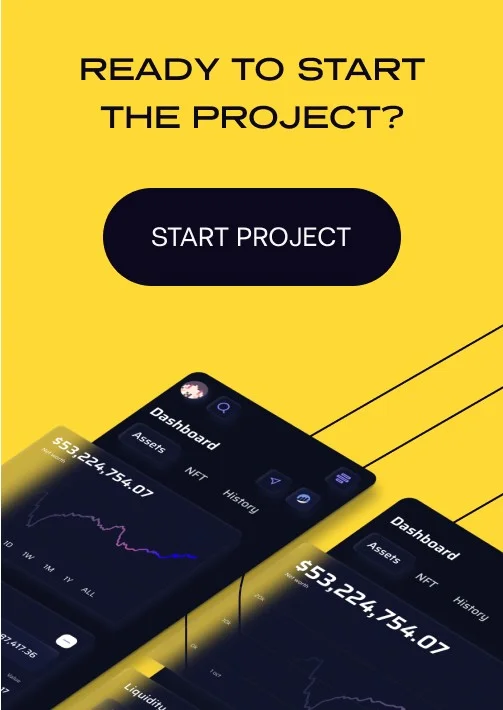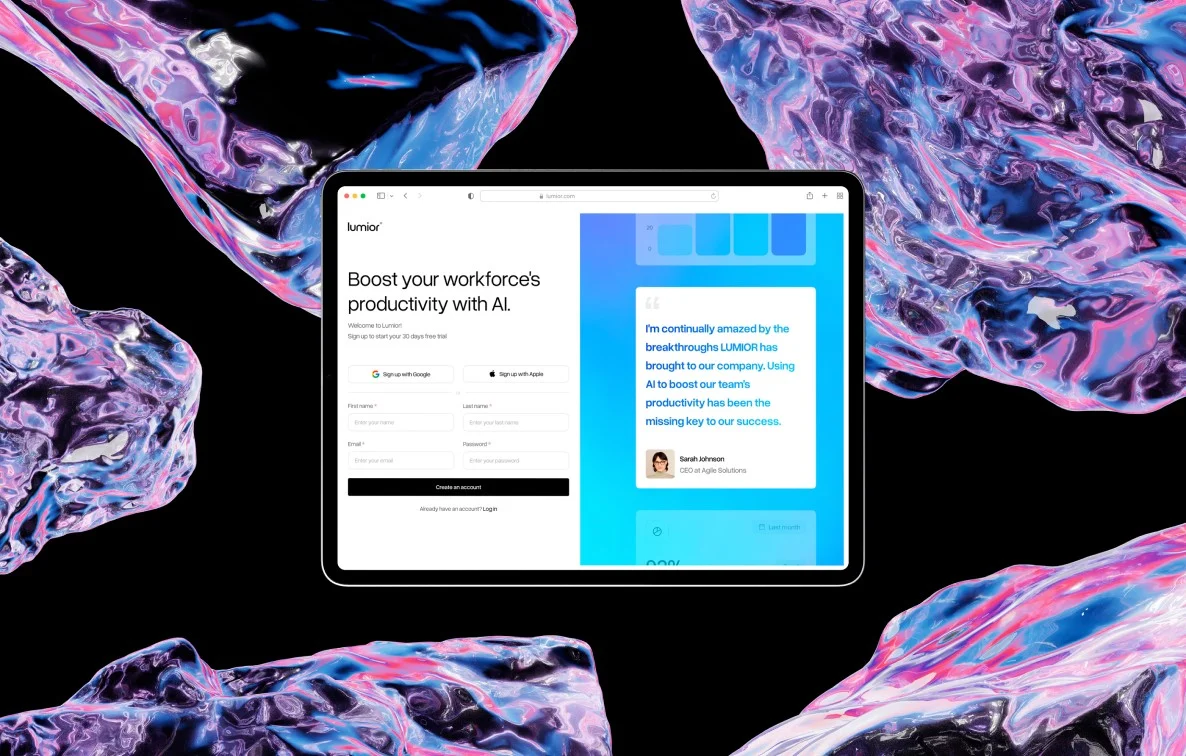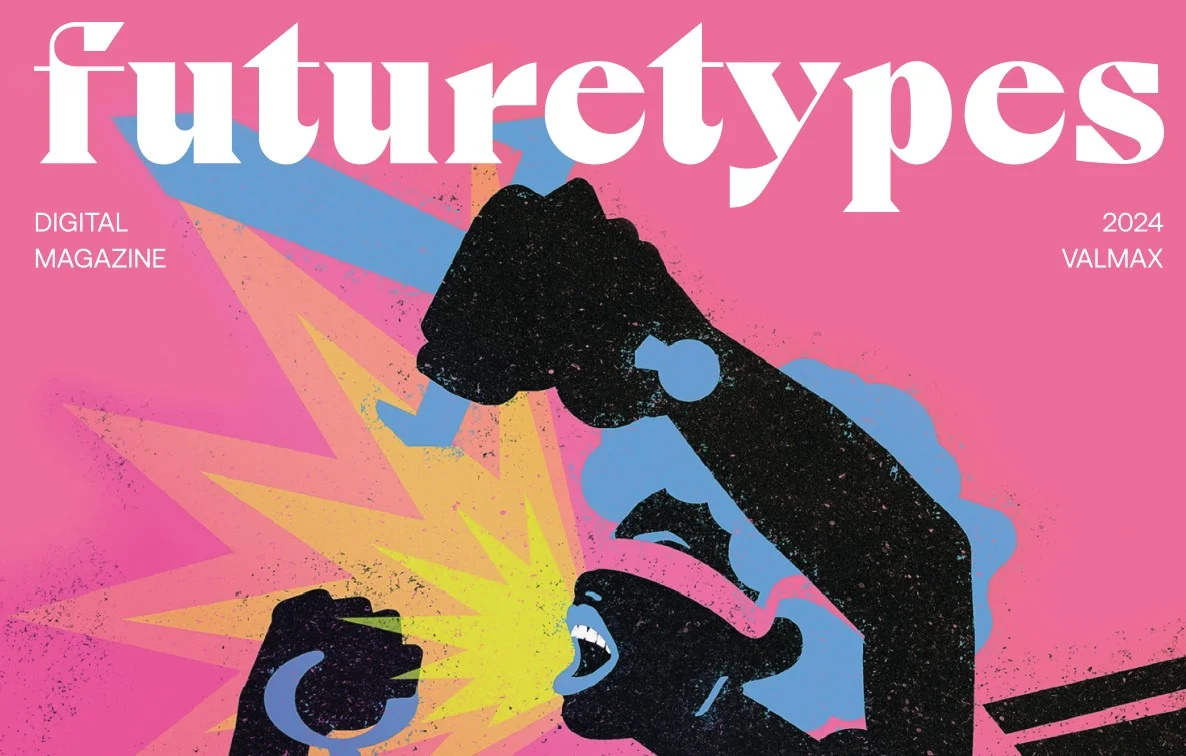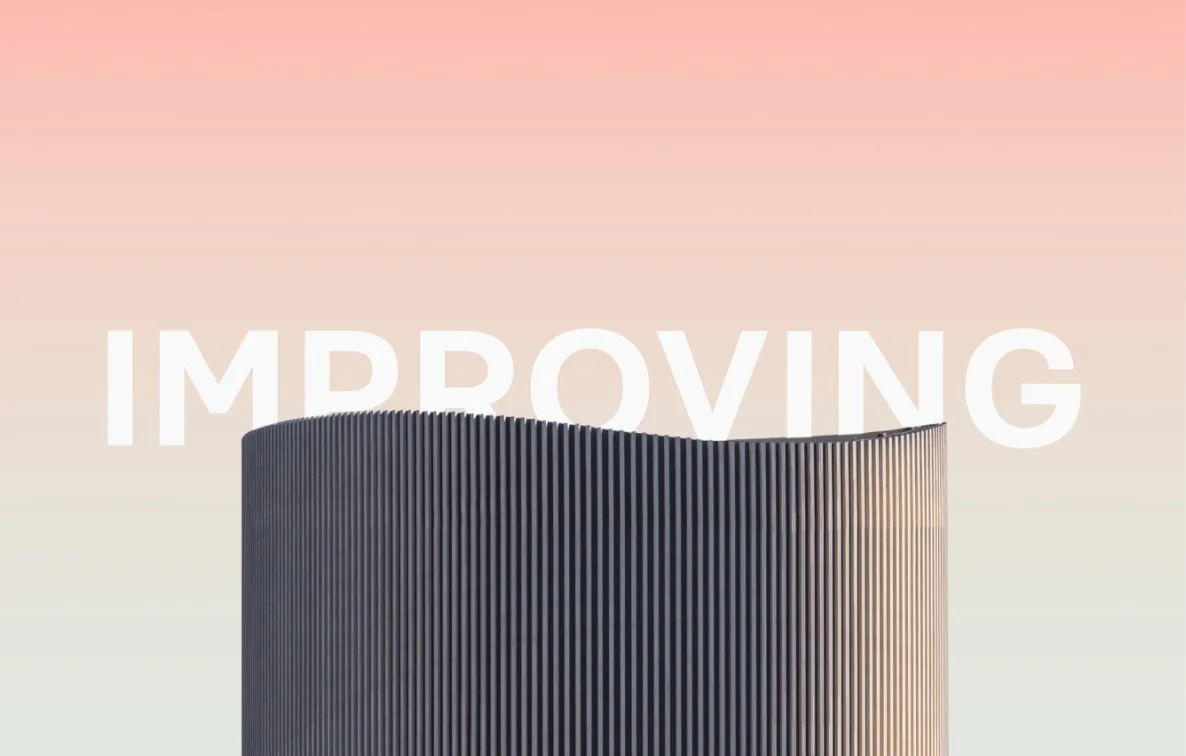And in which projects you won’t regret having chosen it
A project deadline and the method of payment are the two main things that both the client and the contractor always want to find out “on the shore”. Fortunately, you do not need to reinvent the wheel or models of cooperation with performers.
Let’s talk about one of the main such models – Time & Material. And let’s try to find out right away why it is worth using this model for some projects instead of, for example, a simpler and simpler Fixed Price.
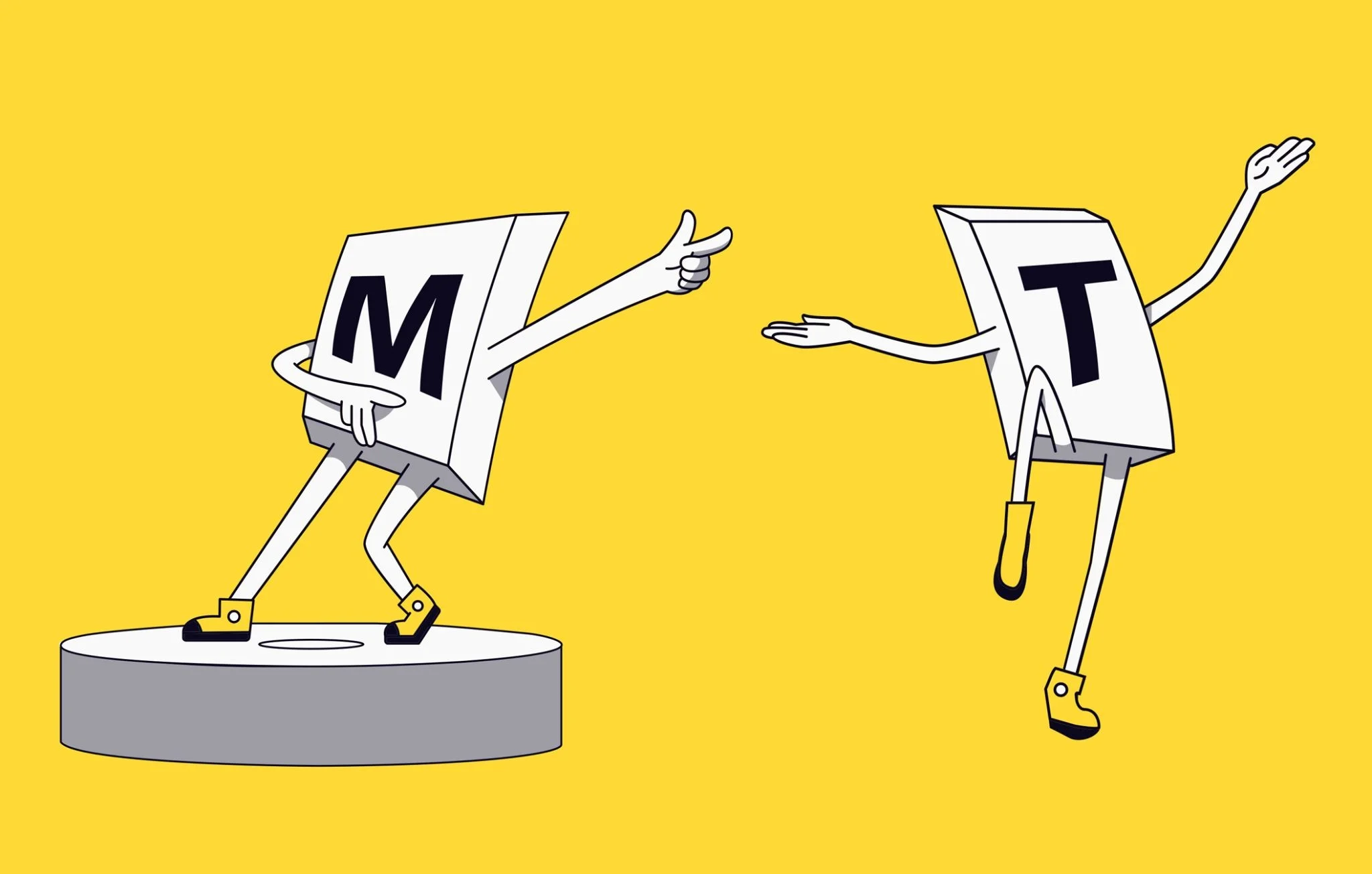
How it works
Time&Material is the type of cooperation where a project manager is paid by the total number of hours he or she has spent on it. And not a fixed amount for a specific project, as with the Fixed Price model.
“Yeah,” you’ll say, “It’s all hands on deck for my contractor to drag out the process, work longer, and get more.
And… you’re not quite right. The main feature of the T&M model in most cases protects the customer from such an outcome. Here the project is not developed in its entirety at once but is divided into several stages/sub-tasks. They are evaluated, approved, and, accordingly, paid based on their implementation. This motivates the developer to work not only on quality but also not to delay the delivery.
Also, the customer is more involved in the project under such a scheme and can make adjustments along the way. On the one hand, it means that you are not just signing a contract and waiting for the result of the work. On the other hand – the chances that the finished product will meet all your expectations, significantly increased.
The parties themselves define all the nuances of cooperation – the stages of delivery of intermediate results (weekly, monthly, every few months, etc.), the number of man-hours needed to perform one subtask, and the cost of one such hour.
Fixed Price VS Time&Material
T&M, in contrast to Fixed Price, is a more flexible model. It is not a “money in the morning, money in the evening” model, but a possibility to inspect each “chair” before payment to be sure in its quality and conformity with technical requirements. This is if we talk about the benefits of the model for the customer.
The executor, on the other hand, will be satisfied with the fact that he gets paid for his real labor input. And also – more detailed feedback from the client, which reduces the likelihood of dissatisfaction of the latter with the final result.

Fixed price model
- Scrutinizing project requirements
- Proposing with price and timeline
- Signing agreement
- Project development
- Quality assurance
- Delivery and release
Decomposing the solution to problems in the Time & Material model, you can understand that actually to create your product you need 2-3 times less time, and therefore — money.
Time&Material model
- Examining project requirements
- Determining the scope of the project
- Assembling a team
- Setting the rates and signing an agreement
- Iterative planning and development
- Further support
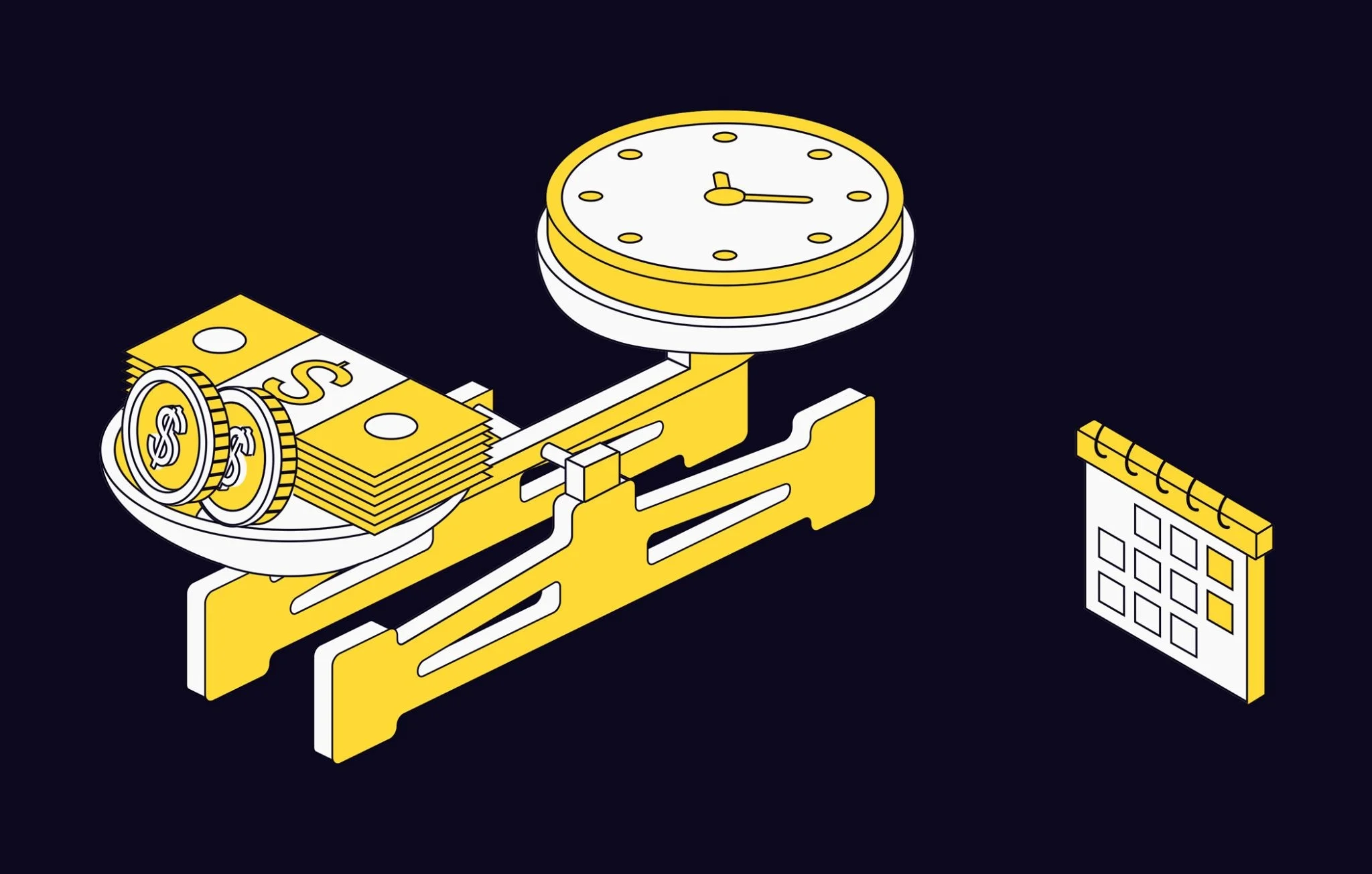
On the other hand, if you are working with a Fixed Price, you understand immediately the terms of the project completion, while choosing payment by the hour, it is important to realize that the timing is relative. As, however, are the scope of work. And sometimes the result itself.
Also, do not forget that you will have to pay the developer for each revision. But most likely, you will have to make them only when there is a real need.
Therefore, Time&Material is best suited for projects where the customer himself prioritizes the product quality, not worrying about “faster” and “cheaper”.
And a little more about the advantages and disadvantages of the T&M model
We’ve already figured out why it’s more convenient and profitable in some cases to use the Time&Material model than the Fixed Price. But that doesn’t mean that you should give up on the latter and go with hourly billing for absolutely all projects.
Let’s once again weigh the pros and cons of Time&Material for both the doer and the customer.
The advantages of the model are certain
- Greater customer involvement in the project. You can carefully monitor the implementation of the idea (or not to observe, but then blame only yourself).
- The ability to make changes in functionality, interface, and product specifications right in the development process. Testing hypotheses and changing the direction of work if necessary.
- Better implementation of the product. Especially when it comes to large projects. It is hard to imagine that a fixed TOR will work really well during the development of large-scale software, where new ideas and hypotheses are constantly appearing along the way. But for small tasks, it’s better to go with the good old Fixed Price.
Here are its disadvantages:
- Uncertainty. Both financially and as a matter of time.
- Unscrupulousness of one of the parties. As the customer can disappear without completing the work, the contractor can exaggerate the actual man-hours spent, in order to earn more.
- The need to devote a lot of time to a project. Yes, we remember we already said that engagement is cool. But not every client and developer is willing to be constantly in touch to discuss details.
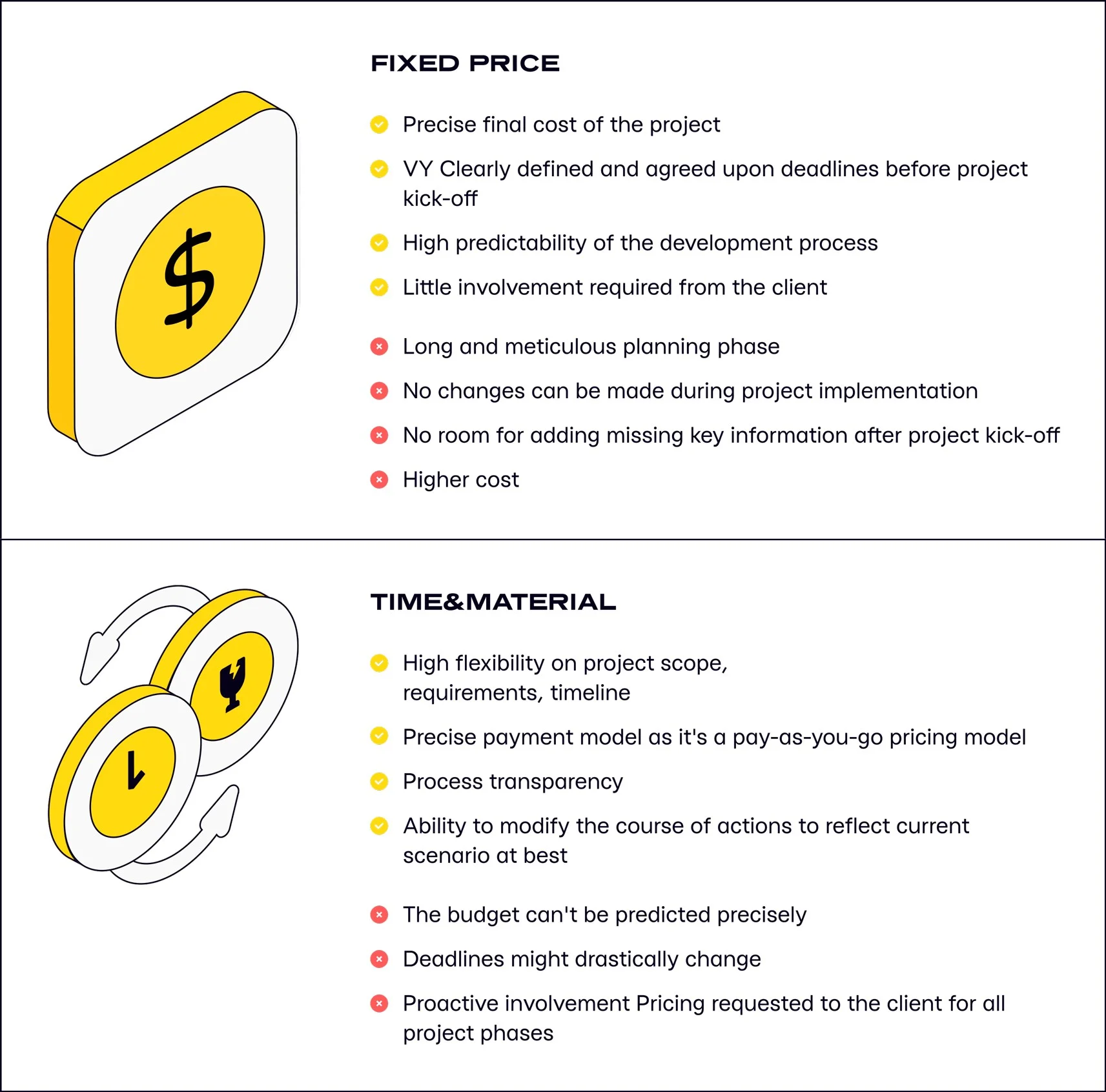
What projects to choose Time & Material for
In our humble opinion, this collaborative model is best suited if you have:
- A project in the testing phase. When you need to divide the work into several stages. There are still many hypotheses, refinements, and bugs to fix.
- A startup, the result of which is not yet completely clear to you. There is a possibility that the product will undergo dramatic changes during its development.
- A medium-term project (up to six months), which at the beginning does not have clear specifications and documentation. All this will appear in the process of work.
- A big project from scratch. Involve a large team of developers, and the implementation timeframe starts from one year. With such volumes and time, it is difficult to make specifications for the whole project. There will be a lot of adjustments and refinements.
We are also ready to cooperate with you according to the Time&Material model. All changes to the project will be made promptly, and every stage will be implemented on time.
Order Web Design & Development services
Leave a request and we’ll be in touch within 30 minutes to discuss your project!
rate this article
4.6 / 5.0

based on 27 reviews

